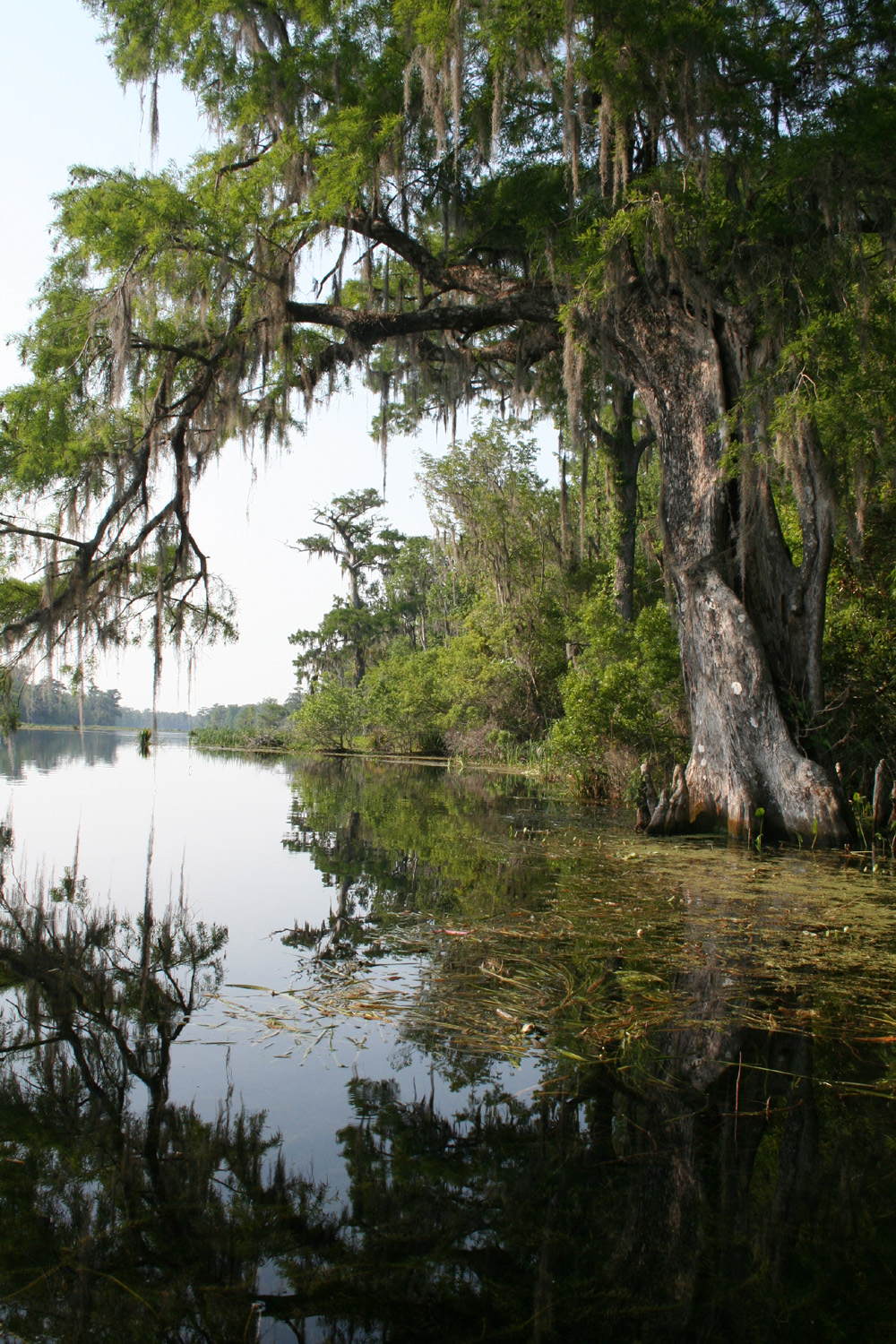Wacissa River on:
[Wikipedia]
[Google]
[Amazon]
 The Wacissa River is a large, spring-fed stream located in south-central Jefferson County,
The Wacissa River is a large, spring-fed stream located in south-central Jefferson County,
 The Wacissa River is a large, spring-fed stream located in south-central Jefferson County,
The Wacissa River is a large, spring-fed stream located in south-central Jefferson County, Florida
Florida is a state located in the Southeastern region of the United States. Florida is bordered to the west by the Gulf of Mexico, to the northwest by Alabama, to the north by Georgia, to the east by the Bahamas and Atlantic Ocean, and to ...
. Its headwaters are located about a mile south of the town of Wacissa, where the river emerges crystal clear from a group of large limestone springs. From its headsprings, the river flows approximately south through a broad cypress
Cypress is a common name for various coniferous trees or shrubs of northern temperate regions that belong to the family Cupressaceae. The word ''cypress'' is derived from Old French ''cipres'', which was imported from Latin ''cypressus'', the ...
swamp before breaking into numerous braided channels which join the Aucilla River
The Aucilla River rises in Brooks County, Georgia, USA, close to Thomasville, and passes through the Big Bend region of Florida, emptying into the Gulf of Mexico at Apalachee Bay. Some early maps called it the Ocilla River. It is long and ha ...
a few miles further south. The river is managed by the Florida Fish & Wildlife Conservation Commission
The Florida Fish and Wildlife Conservation Commission (FWC) is a Florida government agency founded in 1999 and headquartered in Tallahassee. It manages and regulates the state's fish and wildlife resources, and enforces related laws. Officers ar ...
as part of the Aucilla Wildlife Management Area
Aucilla Wildlife Management Area conserves 50,549 acres of hydric hammock, mesic flatwoods, upland forest, and spring-run river twelve miles southeast of Tallahassee in Jefferson and Taylor Counties in Florida.
Fauna
The expanse of Aucilla WMA ...
, and has been declared an Outstanding Florida Waterway by the Florida Department of Environmental Protection.
The Wacissa Springs
The springs that feed the Wacissa River emerge in a bottomland forest below theCody Scarp
The Cody Scarp or Cody Escarpment is located in north and north central Florida United States. It is a relict scarp and ancient persistent topographical feature formed from an ancient early Pleistocene shorelines of ~1.8 million to 10,000 years ...
, a relic marine terrace marked by a line of hills to the north. According to the Florida Bureau of Geology,Rosenau, et al., pp. 190 - 195 the group of springs
consist of at least 12 known springs scattered along the upper of the Wacissa River. Land to the east and west of the river is flat and swampy and surface elevations are little more than above river level. The area immediately adjoining the river and springs is densely forested with cypress, oak, some pine, and generally moderate undergrowth. To the north, less than a mile from the head of the river, the land becomes hilly, rising in most parts more than above the lowland. The river is generally clear and cool, averaging 21 °C (70 °F) ... The distribution of springs in, as well as adjacent to, the Wacissa River and the heavy surface cover of aquatic plants makes difficult to impractical the reliable measurement f the water flowof individual springs ... The average flow f the riverfrom August 1971 through September 1974 was 389 cubic feet per second.
Natural history
The flora is typical for a freshwater swamp in the deep southeast; pond cypress and bald cypress dominate the banks, followed by sweetbay, maple, sweet gum, hickories and oaks, as well as magnolias, holly, willow, and sabal palms. The water itself is heavily vegetated. The exotics,Water hyacinth
''Pontederia crassipes'' (formerly ''Eichhornia crassipes''), commonly known as common water hyacinth is an aquatic plant native to South America, naturalized throughout the world, and often invasive outside its native range.hydrilla
''Hydrilla'' (waterthyme) is a genus of aquatic plant
Aquatic plants are plants that have adapted to living in aquatic environments (saltwater or freshwater). They are also referred to as hydrophytes or macrophytes to distinguish them from ...
, dominate the upper reaches of the river. The spring runs themselves are often home to pickerel weed, arrowhead, elodea and eel grass. Wild flowers are also present, including several varieties of water lilies.Thurston
The Wacissa is well known for its large concentration of aquatic birds, including egrets, herons, ibis, osprey, wood storks, limpkins, anhingas, kingfishers, barred owls and bald eagles. Aquatic animals are also abundant, including alligators, river otters, turtles, water snakes, and crayfish. The main species of fish are bass, mullet, catfish, red-breasted sunfish, stumpknocker and gar, although the warmouth perch, speckled perch, flier bream, and shellcracker may also found in the Wacissa.
According to George L. Thurston III's 1976 report on the Wacissa for the Canoe Trail Atlas:
Although much of the Wacissa forest is now some 85 years into recovery, logging activities are still common in the area. Large portions of the adjacent lands—though managed by the state of Florida—are owned by the St. Joe Company
The St. Joe Company is a land development company headquartered in Panama City Beach, Florida. Founded in 1936 and until 1966 known as St. Joe Paper Company, the company still operates a forestry division but is primarily engaged in real estate d ...
. However, the company has agreed not to cut trees in the immediate vicinity of the river. Today, the Wacissa is used almost exclusively for recreational purposes, including swimming, boating, fishing and birdwatching.
References